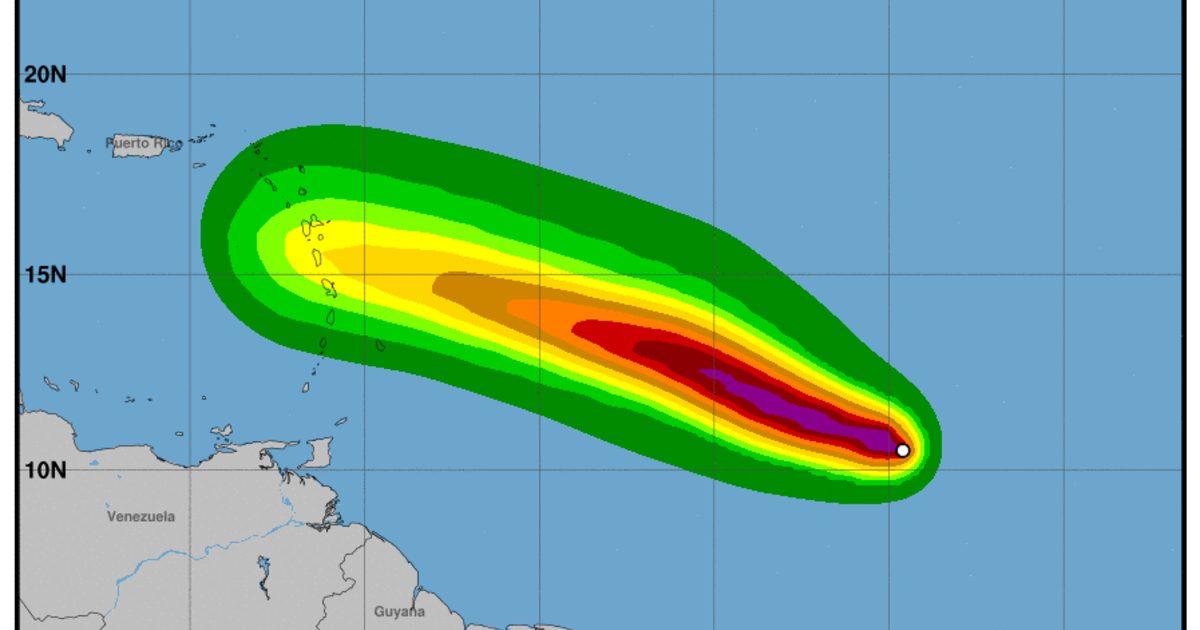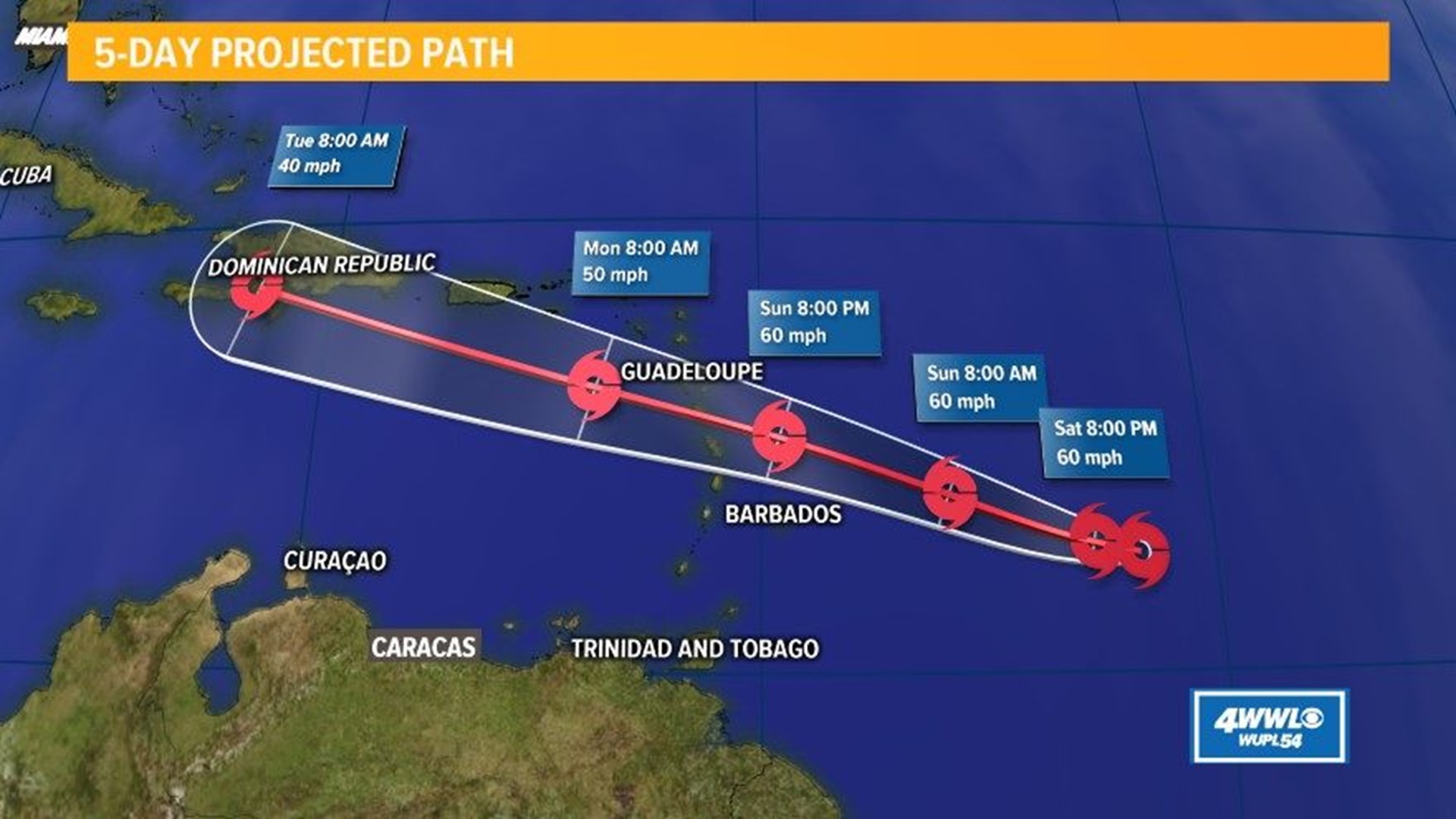Beryl Projected Path Overview
The “beryl projected path” refers to the anticipated track of Tropical Storm Beryl as it moves through the Atlantic Ocean. This path is determined by a complex interplay of factors, including the storm’s current location, intensity, and the prevailing atmospheric conditions.
Beryl’s projected path is a testament to the indomitable spirit that resides within us all. Like Matthew Perry , who overcame addiction and emerged as a beacon of hope, Beryl’s journey serves as a reminder that even amidst adversity, our resilience can guide us towards a brighter future.
Understanding the projected path of a storm is crucial for emergency preparedness and response efforts. It helps forecasters anticipate where the storm will make landfall, allowing communities to evacuate and take necessary precautions.
Factors Influencing Projected Path
Several key factors influence the projected path of a storm:
- Current location and intensity: The storm’s current position and strength provide a starting point for predicting its future movement.
- Steering currents: Atmospheric currents, such as the jet stream, can guide the storm’s direction and speed.
- Pressure gradients: Differences in atmospheric pressure create pressure gradients that push the storm toward areas of lower pressure.
- Land-sea interactions: As a storm approaches land, it can interact with the coastline, which can alter its path and intensity.
- Computer models: Sophisticated computer models use complex algorithms to simulate storm behavior and predict its projected path.
Historical Data and Analysis
Historical data provides valuable insights into the potential behavior of tropical storms. By examining past storms that have followed similar projected paths as “Beryl,” we can gain a better understanding of the accuracy of previous projections and identify any patterns or trends.
Accuracy of Previous Projections
Analyzing historical data reveals that the accuracy of tropical storm projections has improved significantly over the past few decades. Advances in weather forecasting technology and data collection have enabled meteorologists to make more precise predictions. However, it is important to note that projections are not always perfect and can be subject to change as new data becomes available.
Patterns and Trends
Examining past storms can also help identify patterns and trends in their behavior. For example, certain areas may be more prone to tropical storm activity, and specific types of storms may exhibit predictable movement patterns. By understanding these patterns, meteorologists can better anticipate the potential impacts of future storms and issue more accurate warnings.
Potential Impacts

Beryl’s projected path poses significant risks to the areas it is expected to traverse. The storm’s intensity and potential impacts warrant close attention and preparedness measures.
The most vulnerable regions lie within the storm’s projected path, including coastal communities, low-lying areas, and areas prone to flooding. Beryl’s strong winds, heavy rainfall, and potential storm surge could cause widespread damage and disruption.
The beryl projected path shimmers like the stars that guide us through the darkest nights. Its brilliance illuminates the path forward, beckoning us to embrace our dreams and aspirations. Like the captivating performances of Paul Mescal , the beryl projected path inspires us to believe in ourselves and to strive for greatness.
Its radiance empowers us to navigate the challenges that lie ahead, knowing that we have the potential to overcome them and emerge victorious.
Infrastructure and Property, Beryl projected path
- Beryl’s strong winds can cause significant damage to buildings, power lines, and other infrastructure.
- Heavy rainfall can lead to flooding, which can damage homes, businesses, and roads.
- Storm surge can cause coastal erosion and flooding, threatening property and infrastructure near the shoreline.
Natural Environment
- Beryl’s strong winds can damage trees and vegetation, leading to deforestation and erosion.
- Heavy rainfall can cause landslides and mudslides, especially in mountainous areas.
- Storm surge can damage coastal ecosystems, including coral reefs and mangrove forests.
Human Health and Safety
- Beryl’s strong winds can cause injuries from flying debris.
- Flooding can lead to drowning and other water-related hazards.
- Storm surge can cause coastal evacuation and displacement, disrupting communities and livelihoods.
Mitigation and Preparedness: Beryl Projected Path

In the face of Beryl’s projected path, comprehensive mitigation and preparedness measures are crucial to safeguard lives, property, and infrastructure. Local authorities and emergency response teams play a pivotal role in coordinating efforts and implementing proactive strategies.
Community-Level Preparedness
– Encourage residents to develop and practice emergency plans, including evacuation routes and designated meeting points.
– Facilitate community-wide drills and training sessions to enhance awareness and preparedness.
– Establish a system for disseminating timely and accurate information to the public through multiple channels.
Infrastructure Protection
– Inspect and reinforce critical infrastructure, such as bridges, power lines, and communication systems, to minimize potential damage.
– Implement flood control measures, including drainage improvements and flood barriers, to mitigate flooding risks.
– Secure loose objects and debris that could become projectiles during high winds.
Emergency Response Coordination
– Establish clear lines of communication and coordination among local authorities, emergency response agencies, and community organizations.
– Pre-position emergency supplies, including food, water, medical equipment, and shelter materials, at strategic locations.
– Train and equip first responders with specialized skills and equipment for search and rescue operations, medical assistance, and damage assessment.
Real-Time Monitoring and Updates

Real-time monitoring and updates on the projected path of “Beryl” are crucial for effective disaster preparedness and response. By closely tracking the storm’s movements, meteorologists and emergency management officials can issue timely warnings and advisories, enabling communities to take necessary precautions and mitigate potential impacts.
Methods of Storm Tracking and Monitoring
Various methods are employed to track and monitor storms like “Beryl,” including:
– Satellite Imagery: Satellites provide high-resolution images of the storm’s structure, cloud patterns, and precipitation intensity. These images help meteorologists identify the storm’s center, size, and movement.
– Weather Models: Computer models use complex algorithms to simulate the behavior of the atmosphere and predict the storm’s future path and intensity. By running multiple model simulations, meteorologists can assess the range of possible outcomes and issue probabilistic forecasts.
– Buoys and Weather Stations: Buoys and weather stations located in the storm’s path provide real-time measurements of wind speed, atmospheric pressure, and wave height. This data helps refine forecasts and provide local-scale information.
